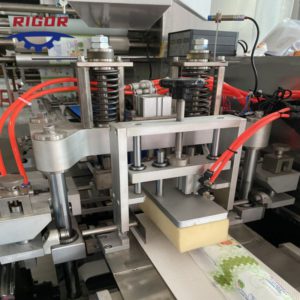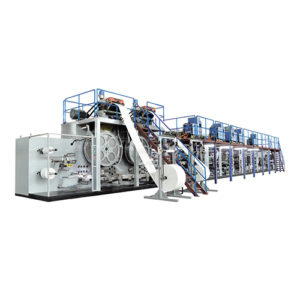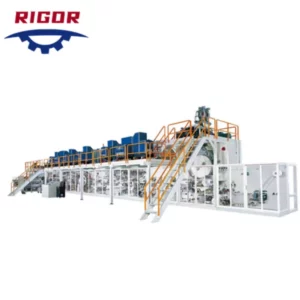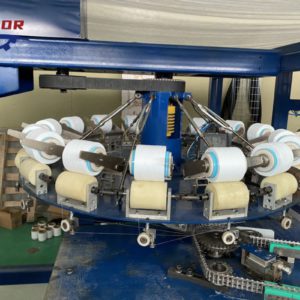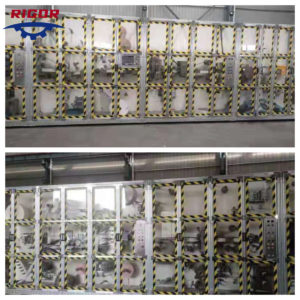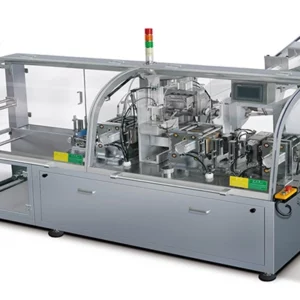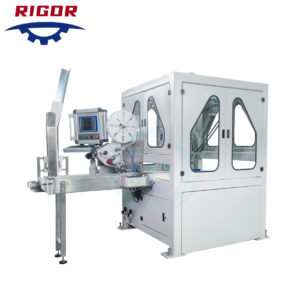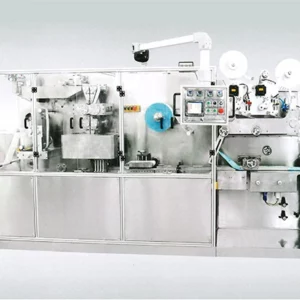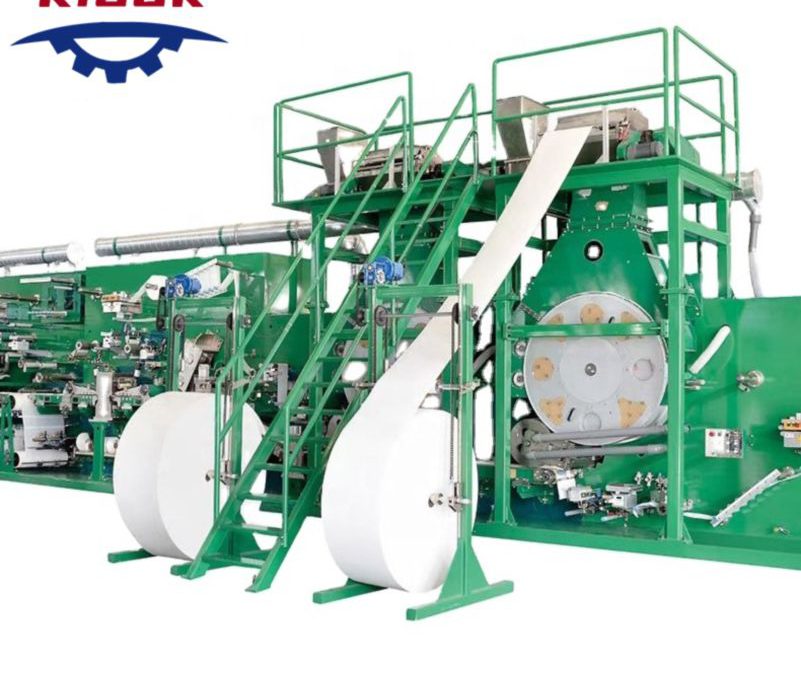
RIGOR diaper making machine: Ensure the quality of diaper
As the demand of diapers is be more and more large, the diaper making machine is required to be more and more efficient. RIGOR diaper making machine can ensure the production volumes, at the same time, it can promise the quality of diaper is high.
The way of how the RIGOR diaper making machine ensure the quality of diapers.
First of all, the RIGOR diaper making machine is made according the high-precision engineering
The high-precise making processes make the diaper making machine can complete precise cutting work. By this high-precise cutting, each of the diaper’s sizing, shape, and structure can be cut into a same. The consistency is crucial for the comfort and effectiveness of the diaper. Because People’s private parts are very sensitive, it can feel the tiny difference between diapers of the same brand.
The second element is the quality control sensors
These sensors put at various points along the production line to prevent any error. We can acknowledge the adhesive strength, elasticity and absorbency at any time, which can let us know the quality of our product timely. You may ask what can we do if we don’t discovery the error in the process timely, the product processes will continue and then we will lose many materials. Don’t to worry. Because if these sensors detect any deviations from the desired specifications. The adjustments will be triggered or the machine will halt production. This protect function can prevent defective diapers from being made.
RIGOR diaper making machine also equips the automated inspection systems
Compared with the manual inspect. The advanced camera systems can check each diaper efficiently and seriously. The systems can inspect for diaper defects such as the questions of tears, misalignment, or irregularities in printing. In addition, these systems can identify issues in real-time and prompt corrective action too.
Our manchine has the material handling systems
Our diaper making machine will carefully control the handling of raw materials such as absorbent core, outer layers, and fastening tapes. All of these checks are to ensure material are applied correctly and securely during the production process. This minimizes the risk of material wastage and ensures consistent quality across all diapers.
The habit of continuous improvement
RIGOR has a habit is that our company accustomed to gather feedback from users and analyze production data to identify areas for enhancement. And we usually employ a continuous improvement approach. This iterative process helps us refine the machine’s design and functionality, ultimately leading to higher quality diapers.
Over all, RIGOR diaper making machine will try it best to make the high-quality diaper for customers. If you want to buy diaper making machine, you can choose our company’s machine.

How to maintain the diaper production machine
No matter how good the machines are, good maintenance is the best way to extend their service life and ensure their optimal performance. But you may not clear the ways of maintain the diaper production machine. Then I will tell you some common ways.
- Regular Cleaning: we should clean the machine regularly to remove dust, debris, and accumulated materials that can affect its operation. And to be cautiously, you should use appropriate cleaning agents and follow manufacturer recommendations. Otherwise, the sensitive components may be damaged.
- Lubrication: the smoothly move not only can help maintain the work efficiency, it can also protect the machines. Over time, lubricants can degrade, and then the move will be slow, so it’s important to follow a regular schedule to inspection and reapplication.
- Inspection of Wear Parts: keep the habit of inspecting wear parts periodically. You must check belts, gears, and rollers for signs of wear and tear.
- Documentation and Records: Keep detailed records of maintenance activities, including dates, tasks performed, and any parts replaced.
If you follow these maintenance guidelines and stay proactive in addressing any issues that arise, you can help ensure that your diaper production machine operates reliably and efficiently, producing high-quality diapers consistently.Of course, the baby diaper making machine can also be maintained by these ways. And our company has the baby diaper making machine for sale too.
